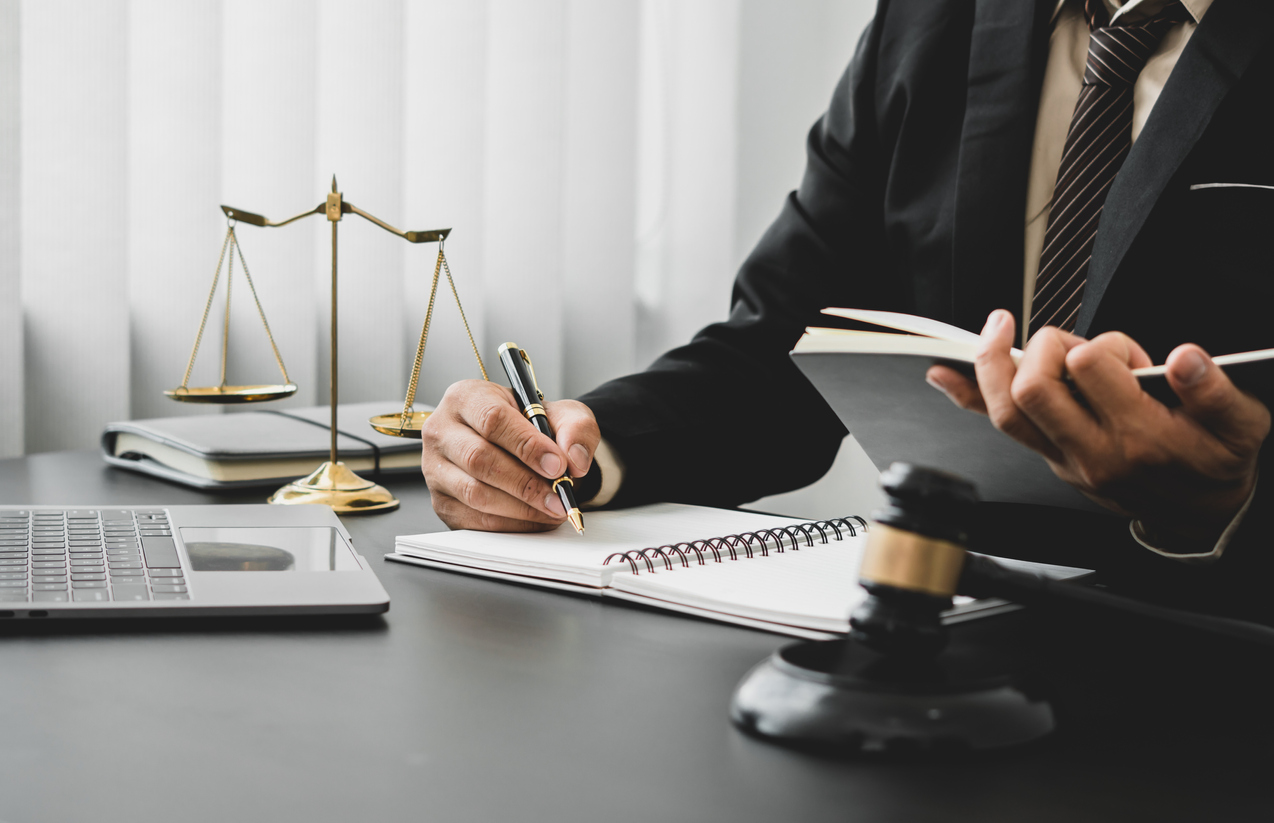Navigating the rules of professional conduct as a lawyer in the 21st century can be challenging. Following the “no-contact” rule in the past was a matter of keeping documents out of the opposing counsel’s hands. These days, lawyers have to contend with texting, emails, and other forms of digital communication.
The American Bar Association recently released an opinion on how to handle the “reply all” feature of email communication. Read on to learn more about this new opinion and how to navigate it as a lawyer.
What Happens When You Copy Clients
Before we get to the new ABA guidance, let’s talk about what happens when you hit “Reply all” on emails.
The main problem comes when you copy a client on an email to the opposing side’s counsel. Doing so can give implicit consent for the attorney to hit “reply all” on the email.
While keeping your client in the loop may not seem like a bad thing, the problem is that it also opens the door for your client to hit “reply all.” Emails are often sent hastily, sometimes from smartphones or while driving. Your client may reveal information to the opposing counsel that can hurt their case.
Recent ABA Guidance
The ABA recently weighed in on this issue and advised lawyers to avoid hitting “reply all” on emails. They also advised attorneys to stay away from copying their clients on emails. This is the best way to avoid any unwanted information leaking through to the other side.
Would I Be in Violation of Rule 4.2?
One of the biggest questions with this opinion is whether lawyers who hit “reply all” are in violation of Rule 4.2 of the ABA’s Model Rules of Professional Conduct. These rules outline how lawyers need to conduct themselves professionally, and Rule 4.2, the no-contact rule, has been a part of the document since its inception.
The ABA’s newest opinion states that an opposing counsel hitting “reply all” doesn’t constitute a violation of Rule 4.2.
By including their client in the communication, a lawyer gives implicit consent for the opposing counsel to communicate with everyone in the thread. This means that the opposing lawyer can hit “reply all” and open a channel of communication with your client without running into Rule 4.2.
The ABA has ruled that, while hitting “reply all” is unwise, it doesn’t constitute a violation of Rule 4.2. However, it’s important to note that just because the ABA says it isn’t a violation doesn’t mean your state bar agrees. It’s important to check your local bar’s regulations to make sure you won’t violate them if you do hit “reply all.”
How to Manage Client Communications
So if you can’t copy clients on emails, what’s the best way to keep them in the loop on case information?
The ABA recommends that, instead of copying them, you forward them all the relevant emails. Then, even if they do reply in haste, the reply only goes to you.
You may also be able to BCC your client instead of just copying them on emails. When a recipient who is BCC’d hits “reply all,” their message usually only goes to the original sender. But it’s important to test this before you start using this practice with clients.
Discover More Nuances in Attorney Conduct Rules
Rules for professional conduct can be a little hard to parse, and this new opinion offers some extra guidance for lawyers. In general, it’s best to avoid copying your clients on emails and hitting “reply on” on email chains. Instead, the ABA recommends forwarding emails to your client separately.
If you’d like to discover more about professional conduct for lawyers, check out the rest of our articles. We cover everything from social media rules and conflicts of interest to how to handle difficult clients.

